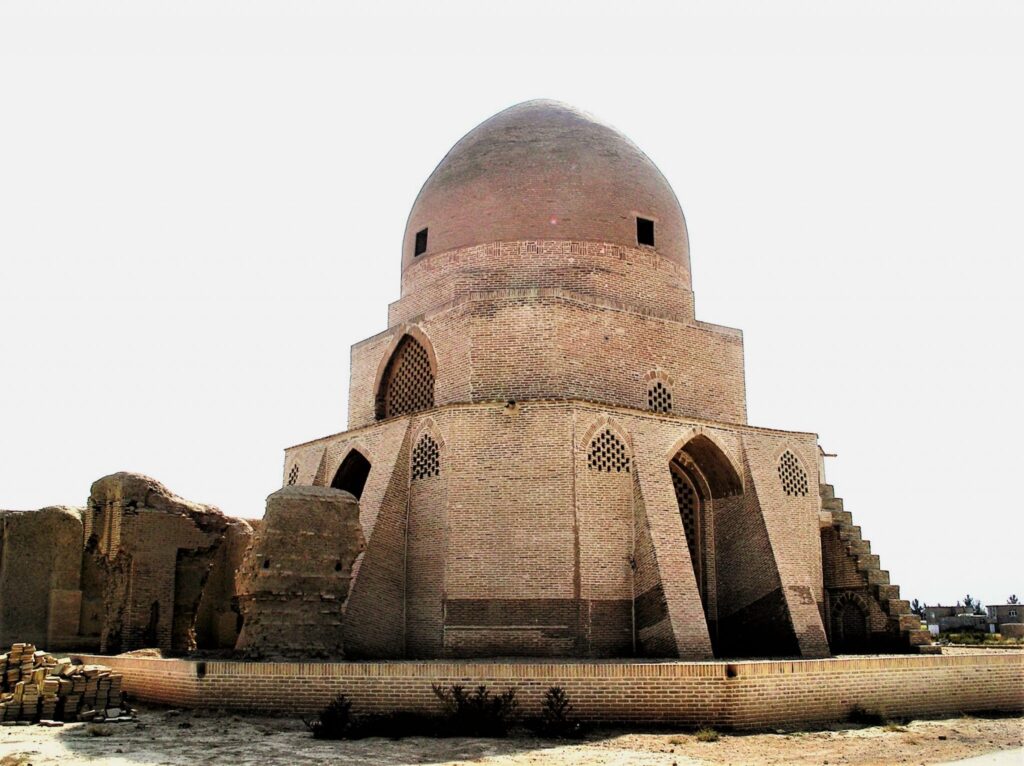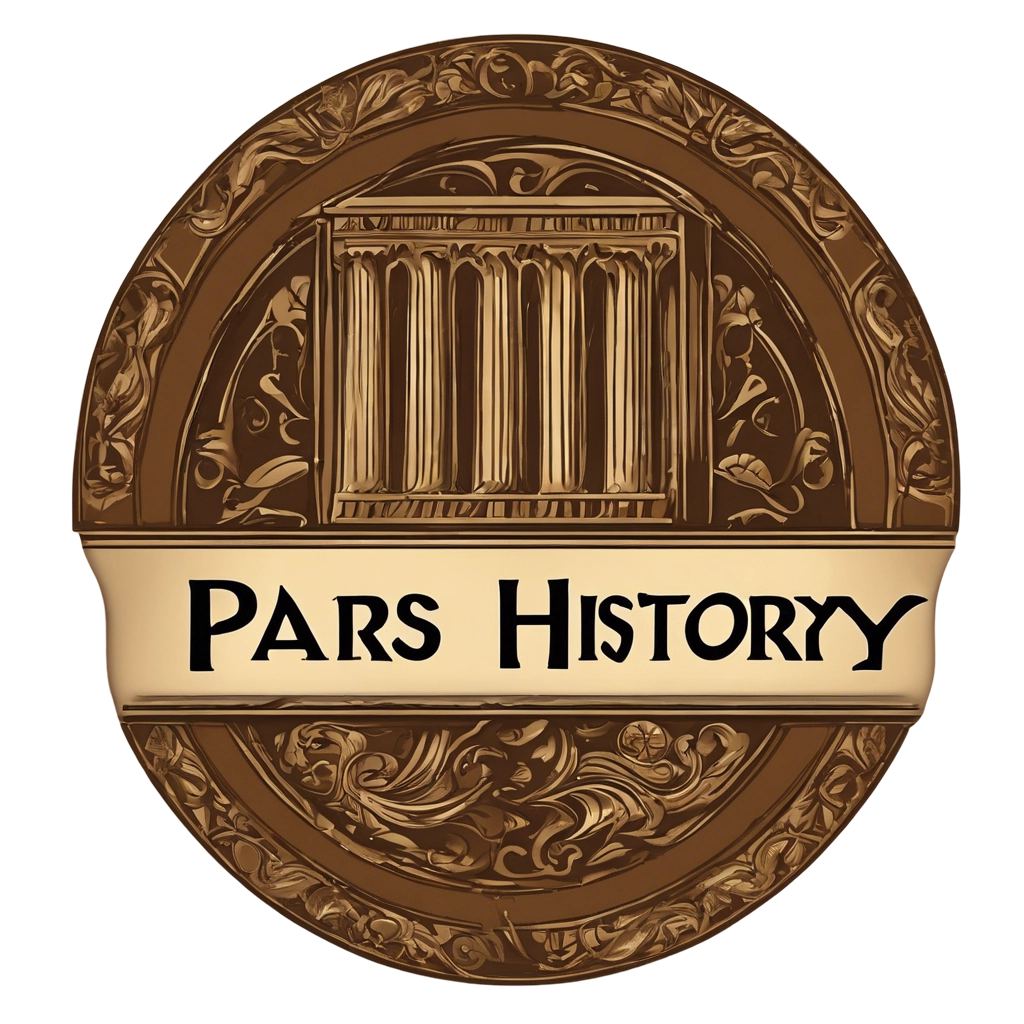Seljuk Empire (1037–1194)
Seljuk Empire
The Seljuk Empire was a medieval Turko-Persian empire that played a crucial role in the political, cultural, and religious landscape of the Islamic world. It is regarded as one of the most influential empires in the history of the Middle East and Central Asia.

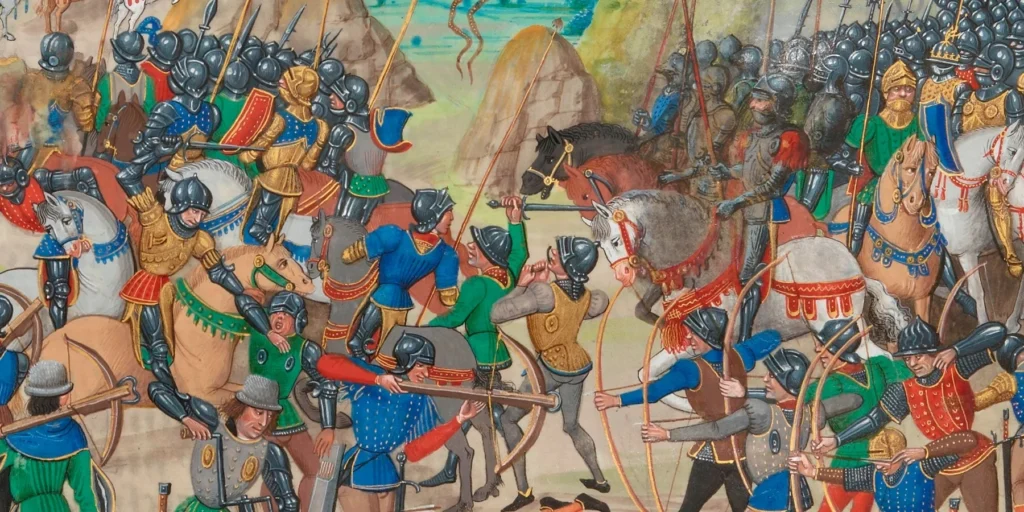
Founding
- The Seljuk dynasty was founded by Seljuk Beg, a leader of the Oghuz Turks.
- His grandsons, Tughril Beg and Chaghri Beg, expanded the Seljuk territories and defeated the Ghaznavids in the Battle of Dandanaqan (1040), establishing their dominance over Khorasan.
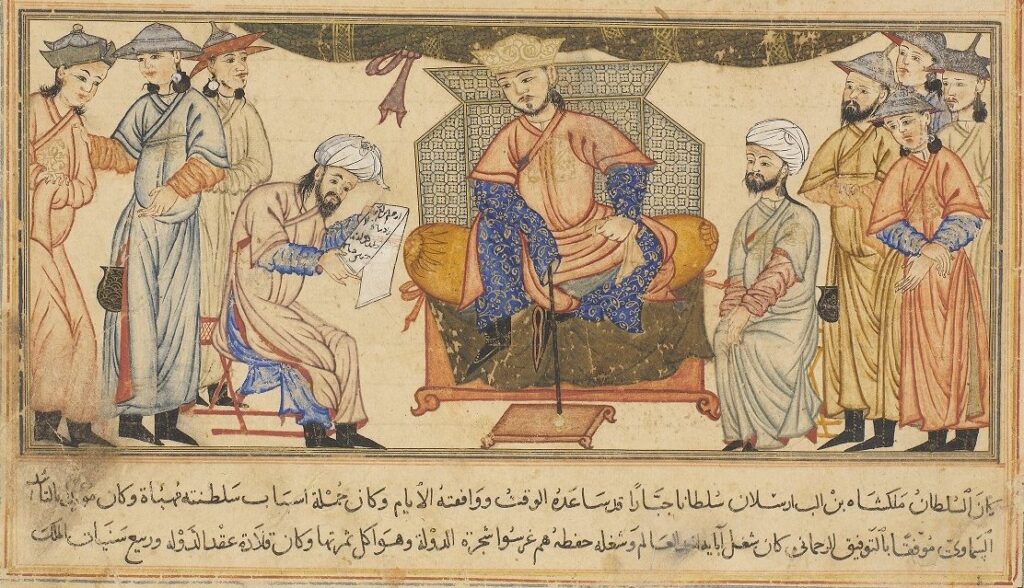
Notable Rulers
- Tughril Beg (1037–1063): The founder of the Seljuk Empire who captured Baghdad in 1055 and was recognized as Sultan by the Abbasid Caliph.
- Alp Arslan (1063–1072): Famous for his victory in the Battle of Manzikert (1071) against the Byzantine Empire, which opened Anatolia to Turkish settlement.
- Malik Shah I (1072–1092): The golden age of the Seljuks; he supported arts, sciences, and architecture, and his reign saw the creation of the famous Nizamiyyah schools.

Territorial Expansion
- At its peak, the Seljuk Empire stretched from Anatolia (modern-day Turkey) in the west to Khorasan (Iran, Turkmenistan) in the east, and from the Caucasus to the Persian Gulf.
- Key regions included modern Iran, Iraq, Syria, Anatolia, and parts of Central Asia.
Cultural and Scientific Contributions
- The Seljuks were great patrons of Persian culture and Islamic scholarship.
- They played a key role in spreading Persian art, literature, and administration across their empire.
- Under the guidance of Nizam al-Mulk, the Seljuks established Nizamiyyah Schools, which became leading centers of learning.
- Architecture flourished with the construction of mosques, madrasas, and caravanserais, often decorated with intricate geometric patterns.
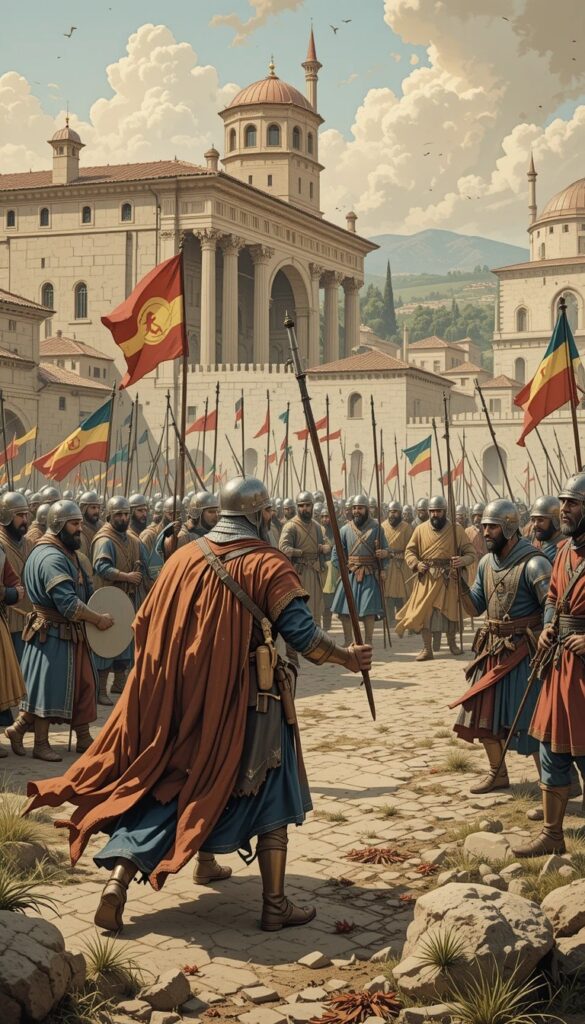
Battle of Manzikert (1071)
- This was one of the most significant battles in medieval history, where Alp Arslan defeated the Byzantine Emperor Romanos IV.
- The victory paved the way for Turkish dominance in Anatolia, which eventually led to the rise of the Ottoman Empire.
Administration
- The Seljuk Empire adopted Persian bureaucratic systems and incorporated Islamic principles into governance.
- They appointed viziers, the most famous being Nizam al-Mulk, who wrote the influential political treatise Siyasatnama.

Legacy
- The Seljuks were great patrons of Persian culture and Islamic scholarship.
- They played a key role in spreading Persian art, literature, and administration across their empire.
- Under the guidance of Nizam al-Mulk, the Seljuks established Nizamiyyah Schools, which became leading centers of learning.
- Architecture flourished with the construction of mosques, madrasas, and caravanserais, often decorated with intricate geometric patterns.
Decline
- After the death of Malik Shah I, internal power struggles weakened the empire.
- The rise of autonomous regions such as the Sultanate of Rum in Anatolia and the resurgence of rival dynasties fragmented the Seljuk territory.
- The empire officially ended in 1157 with the fall of the last major Seljuk ruler to the Khwarazmian dynasty.
